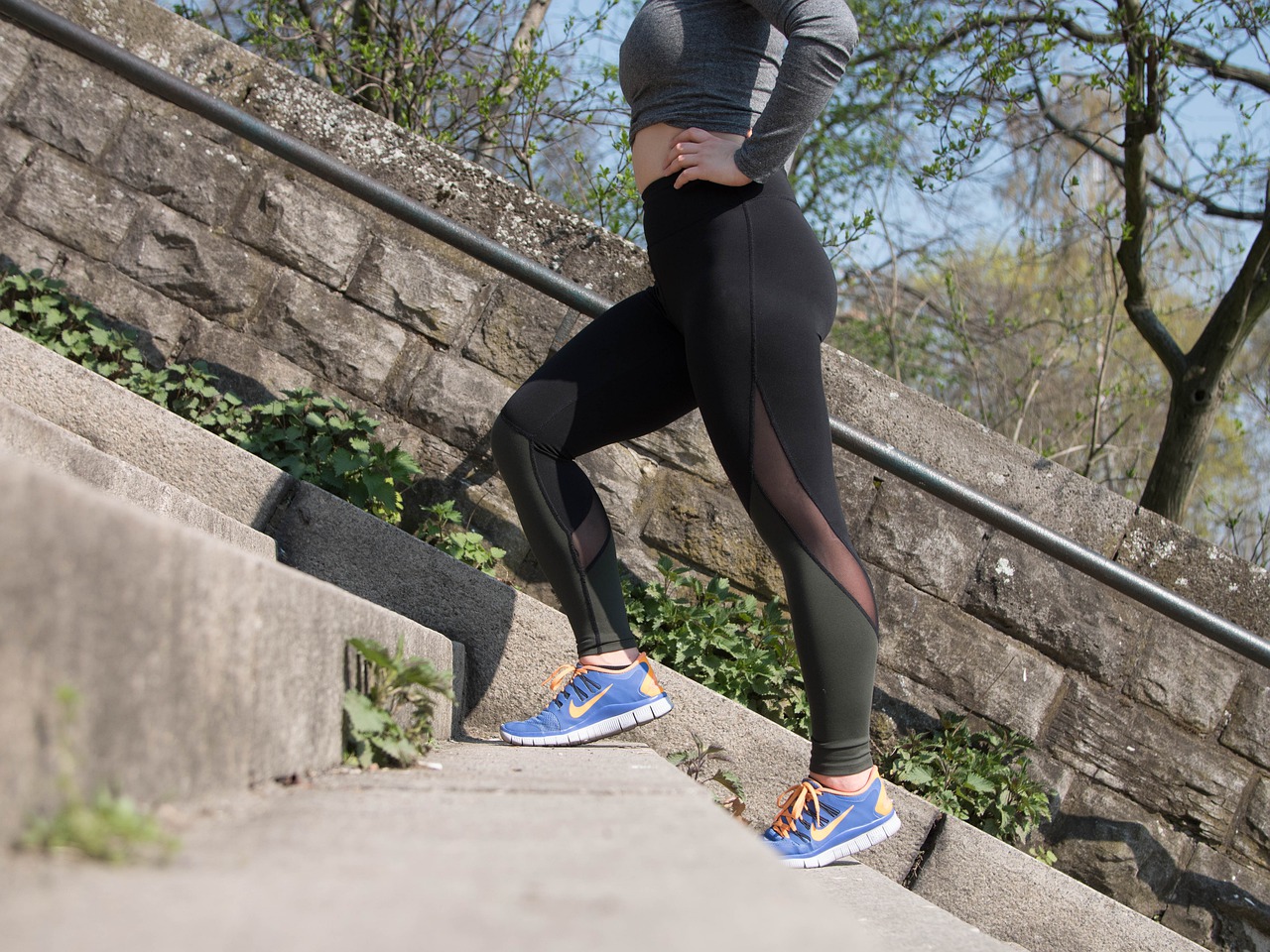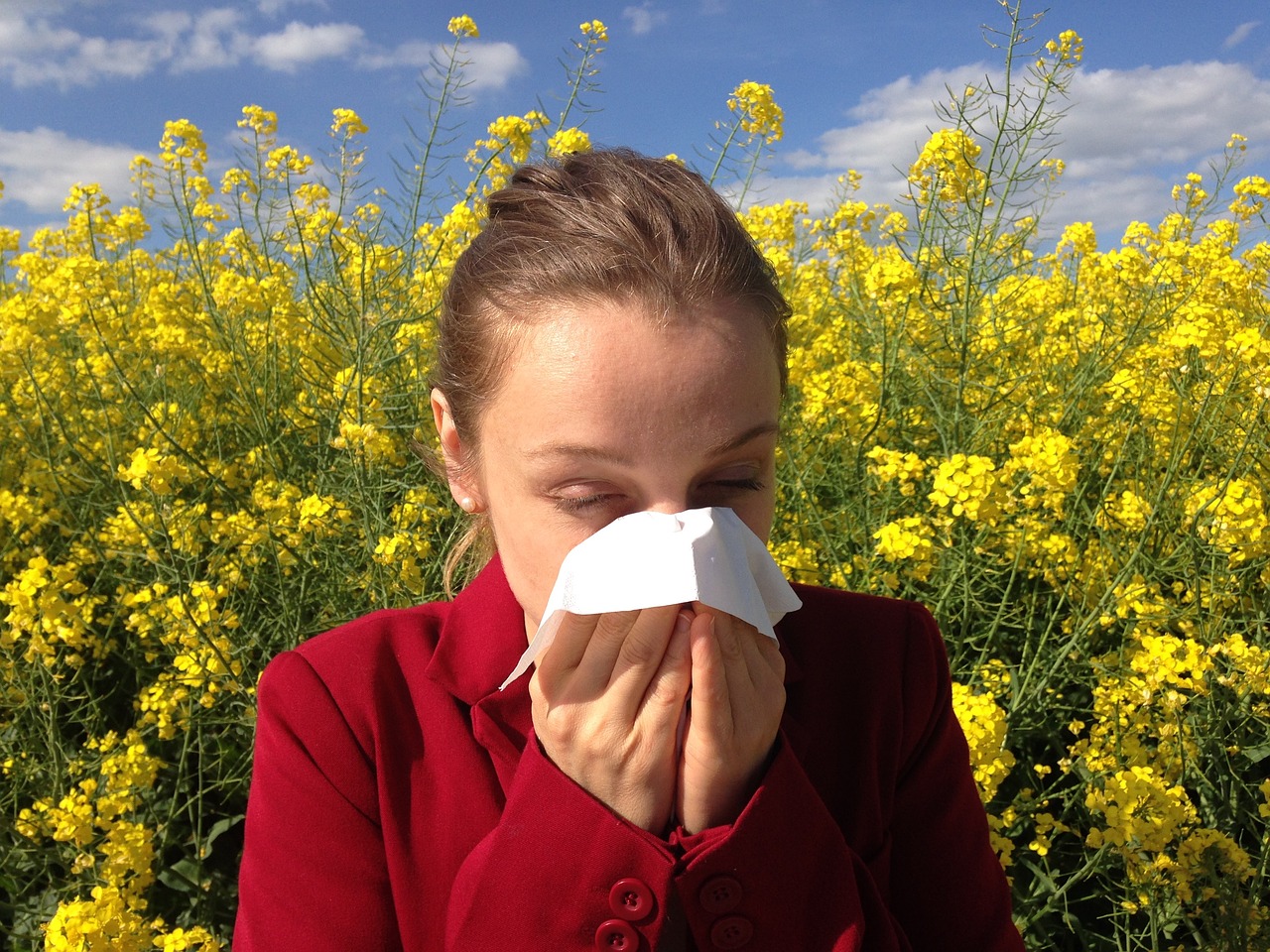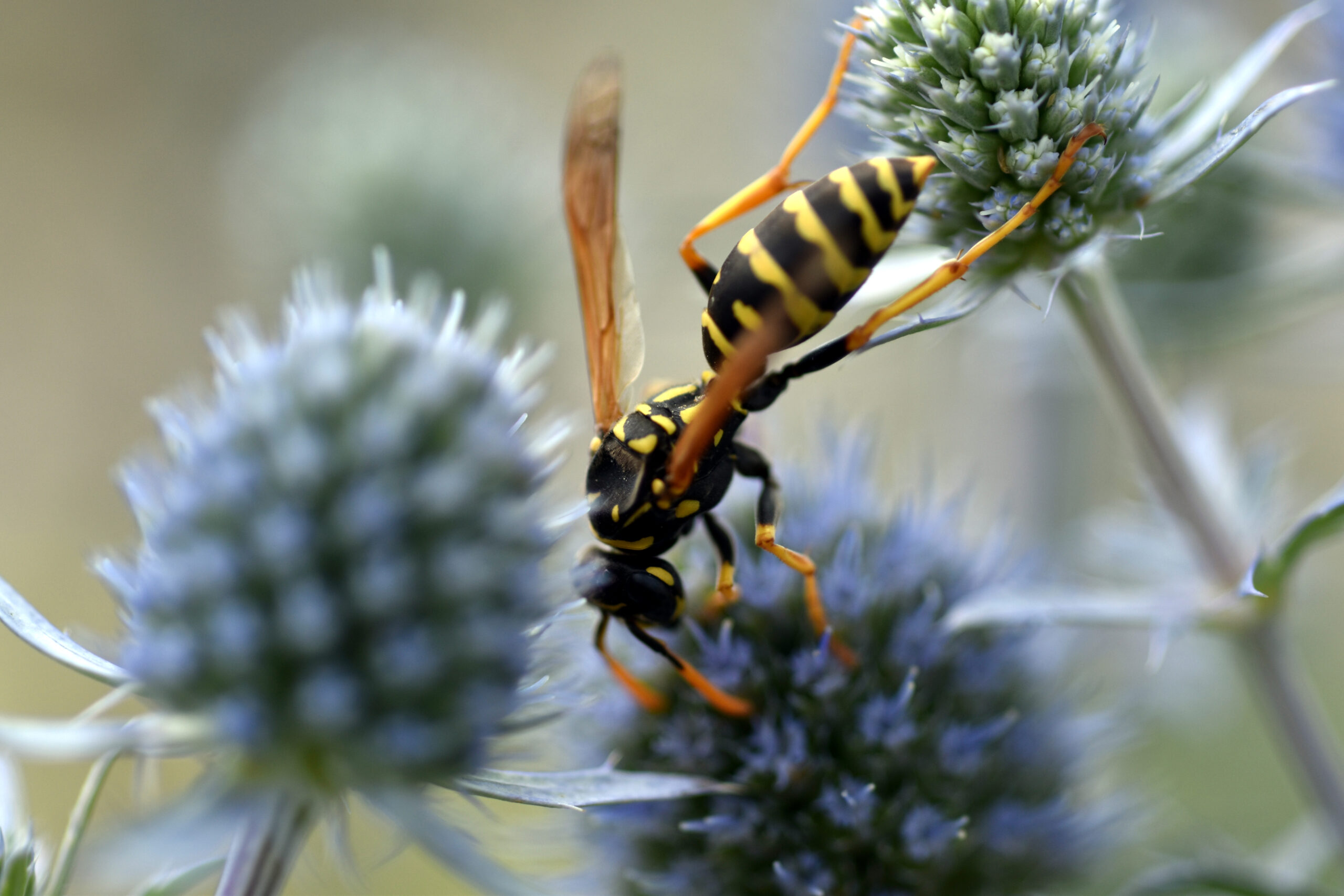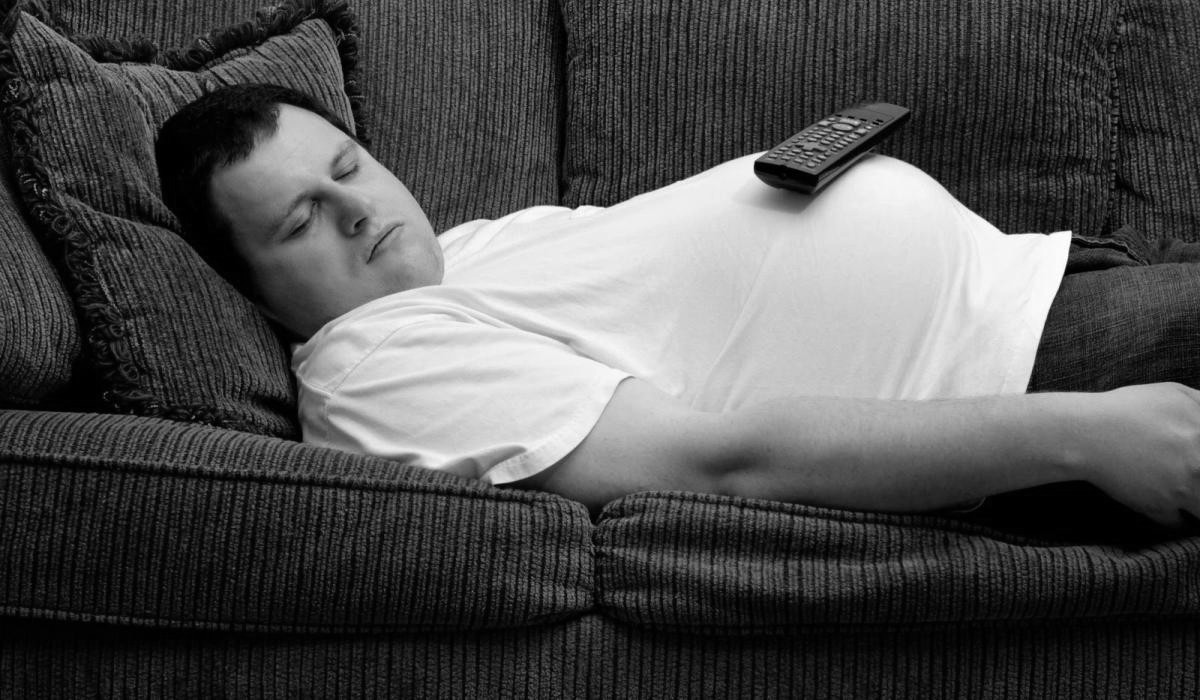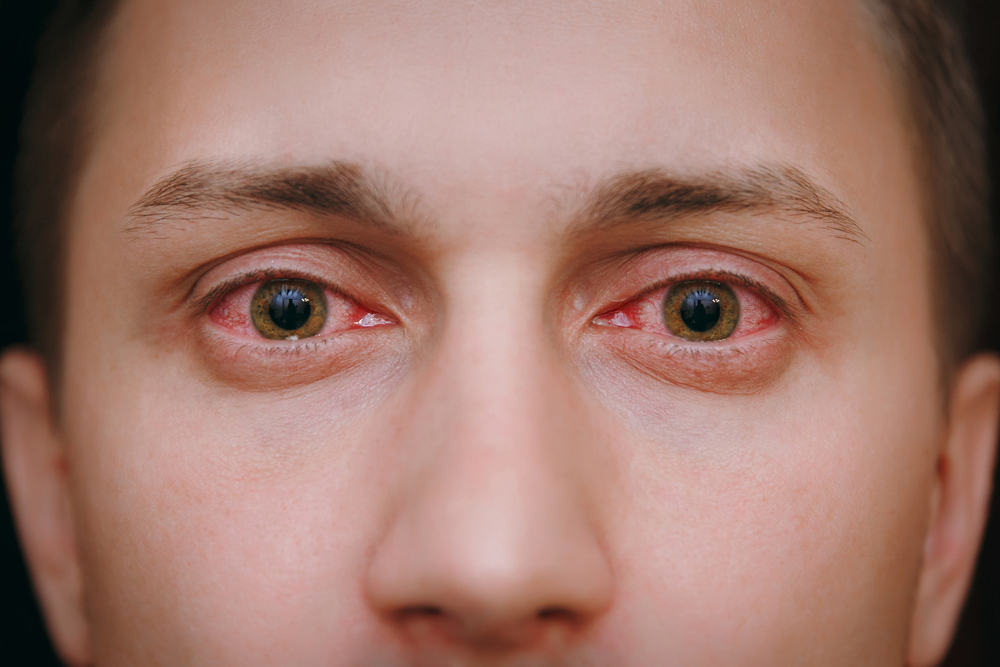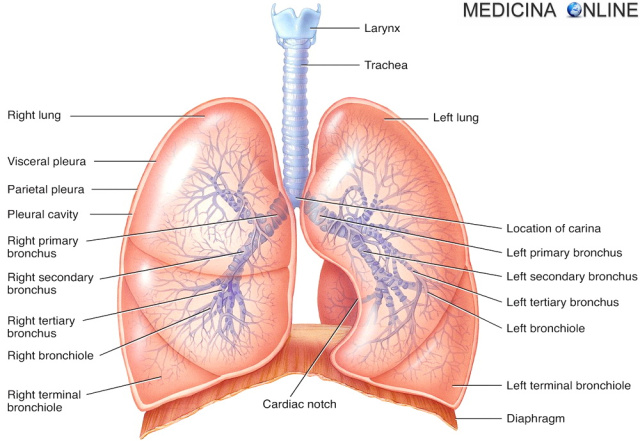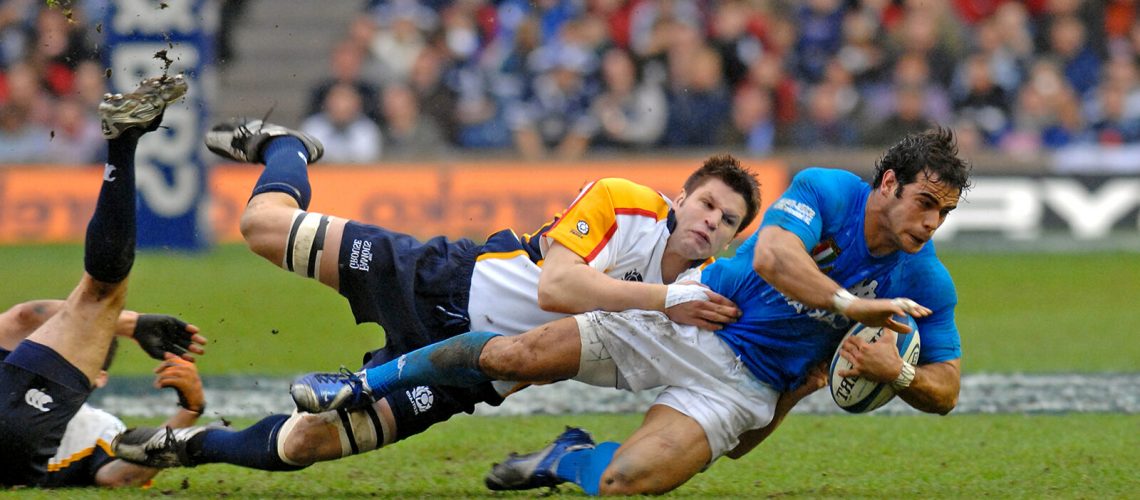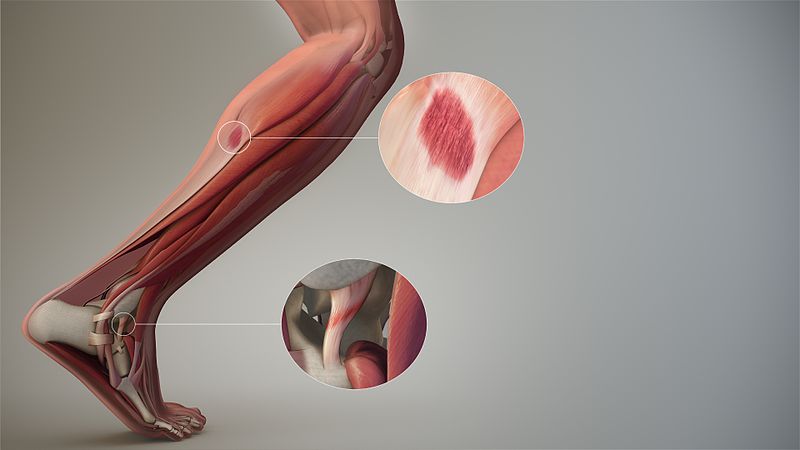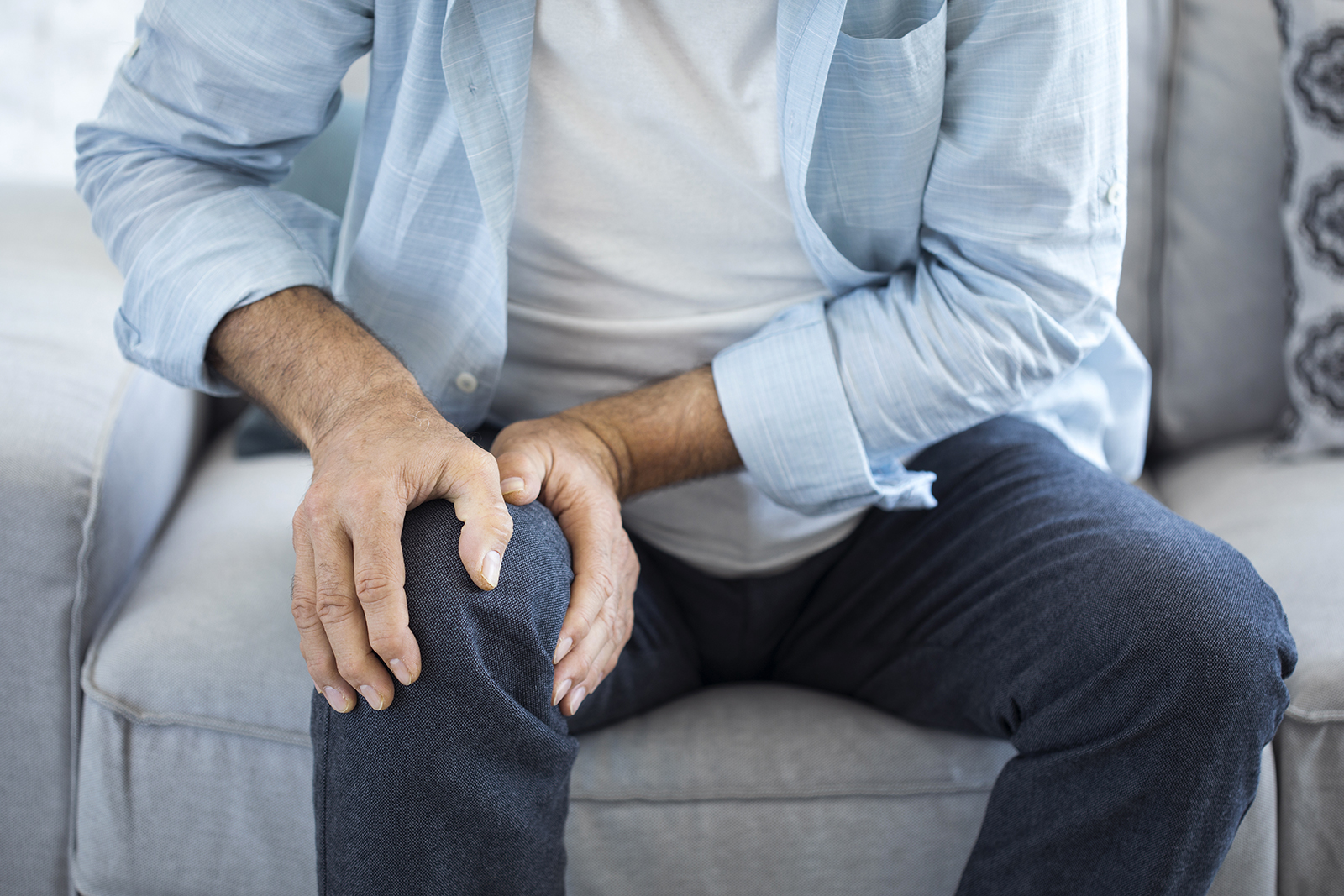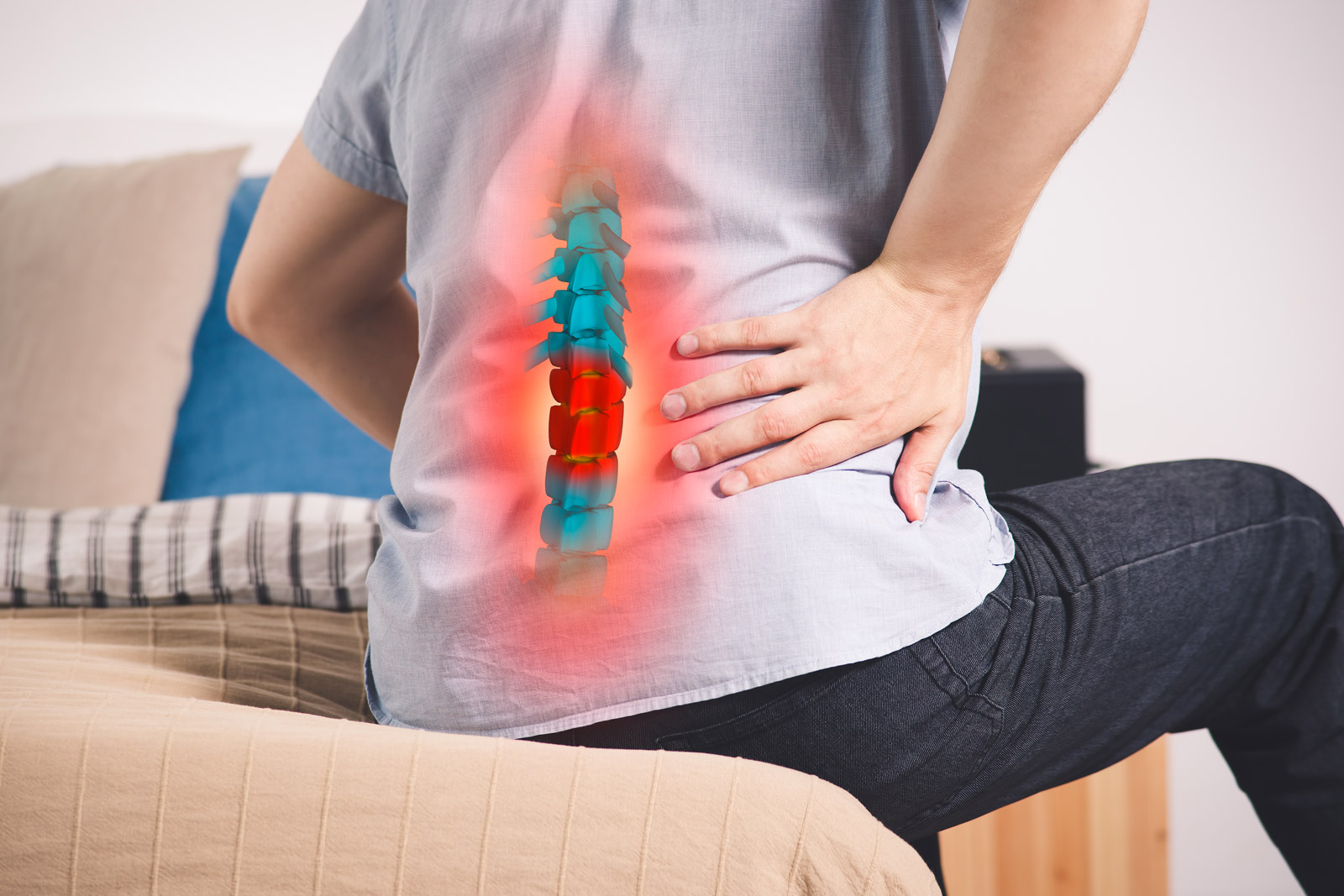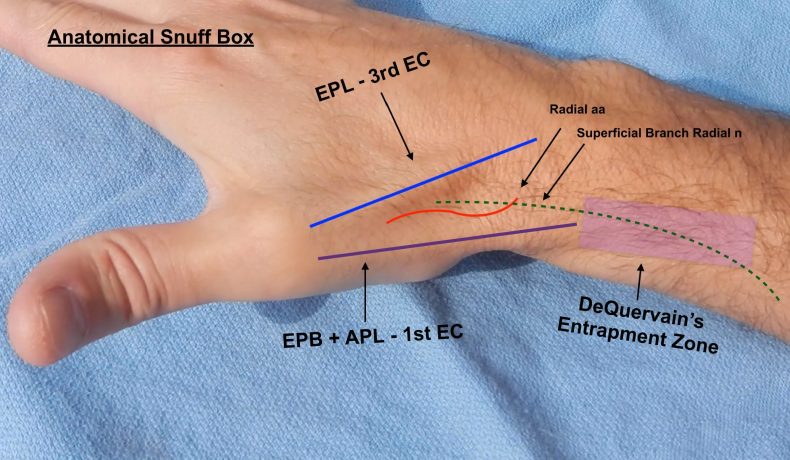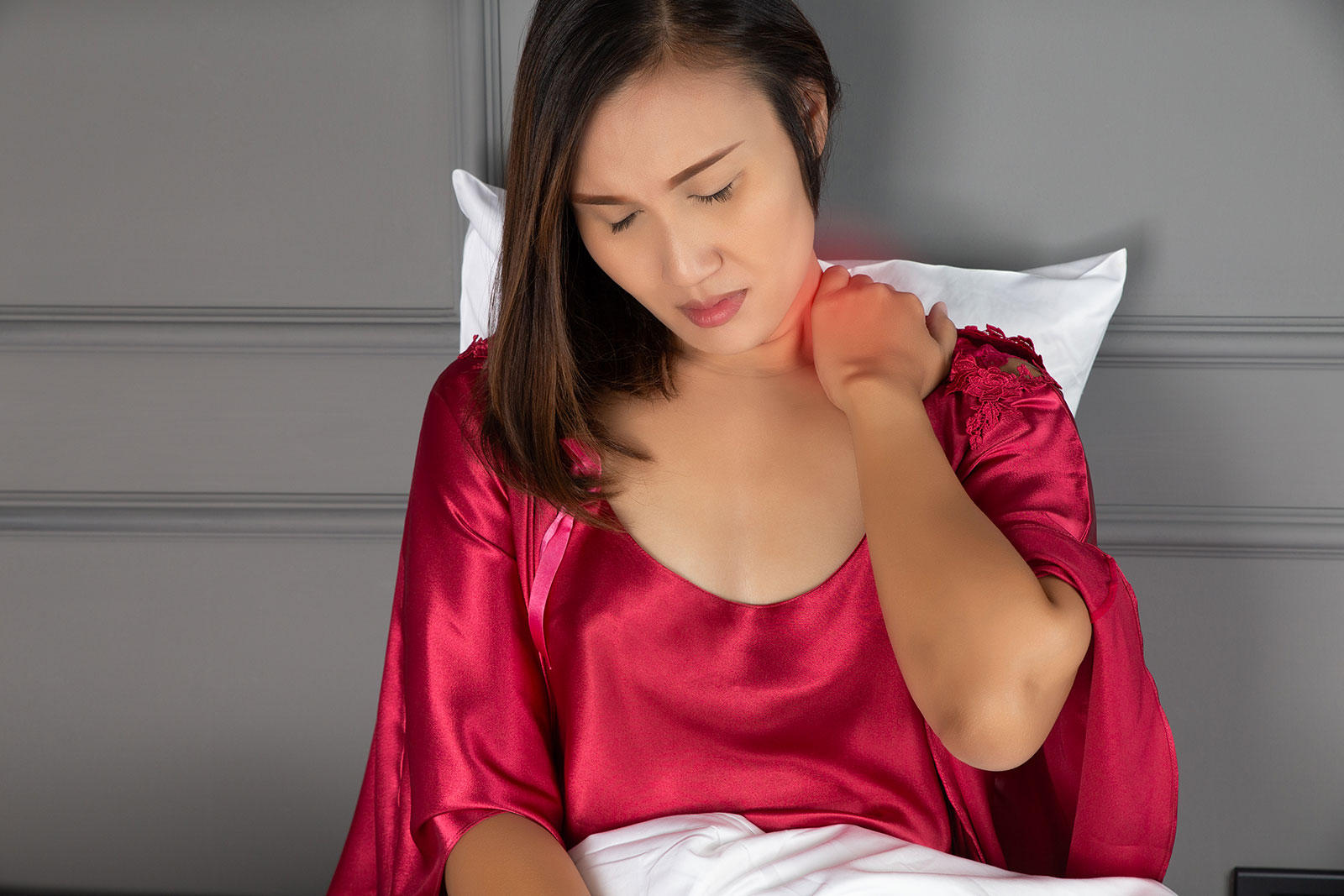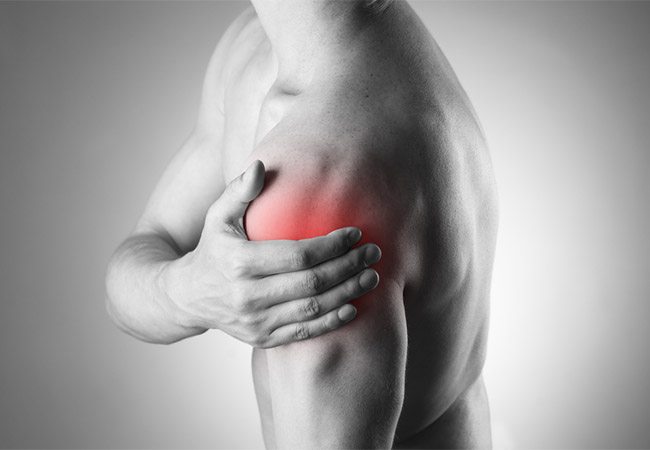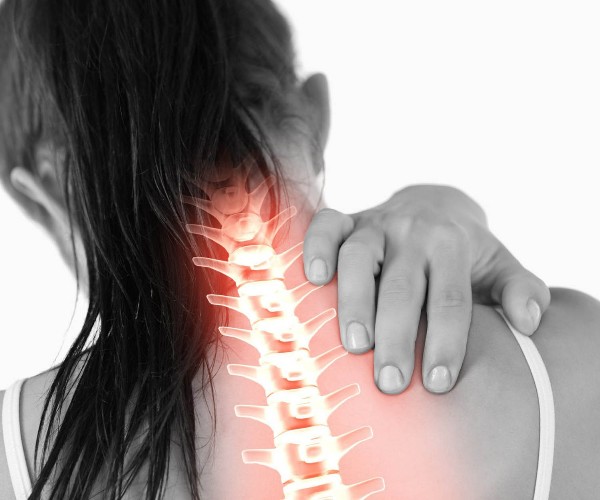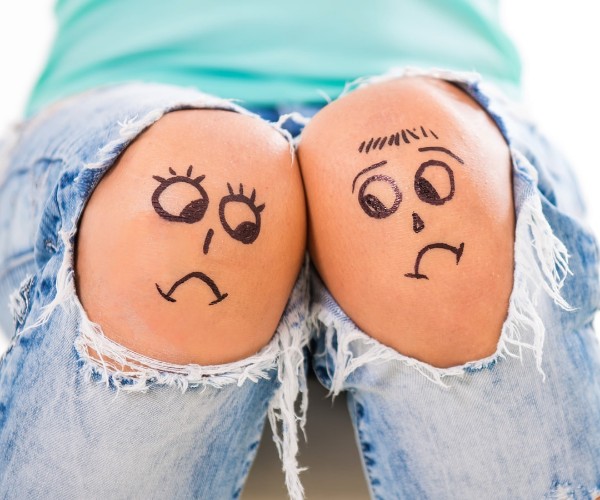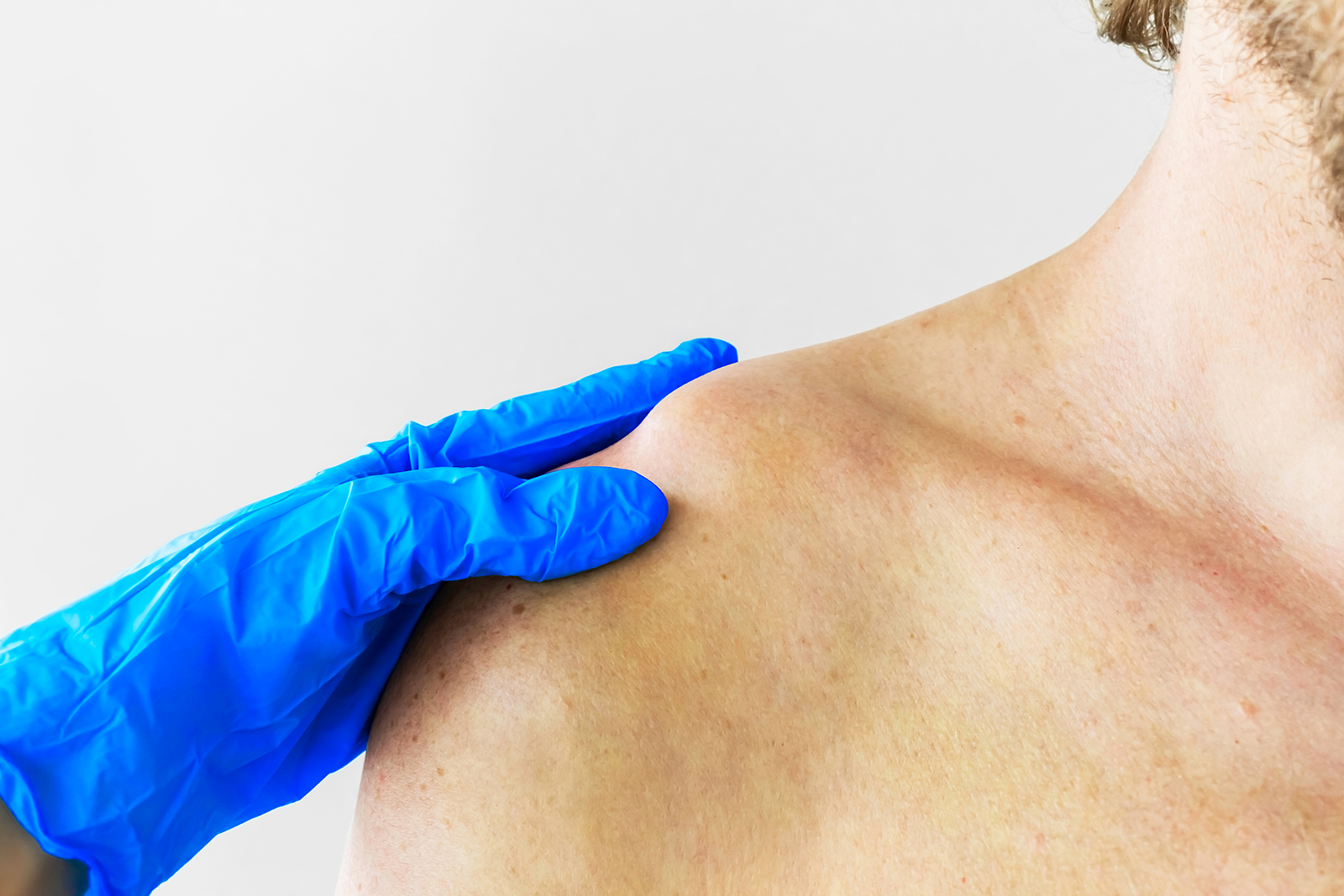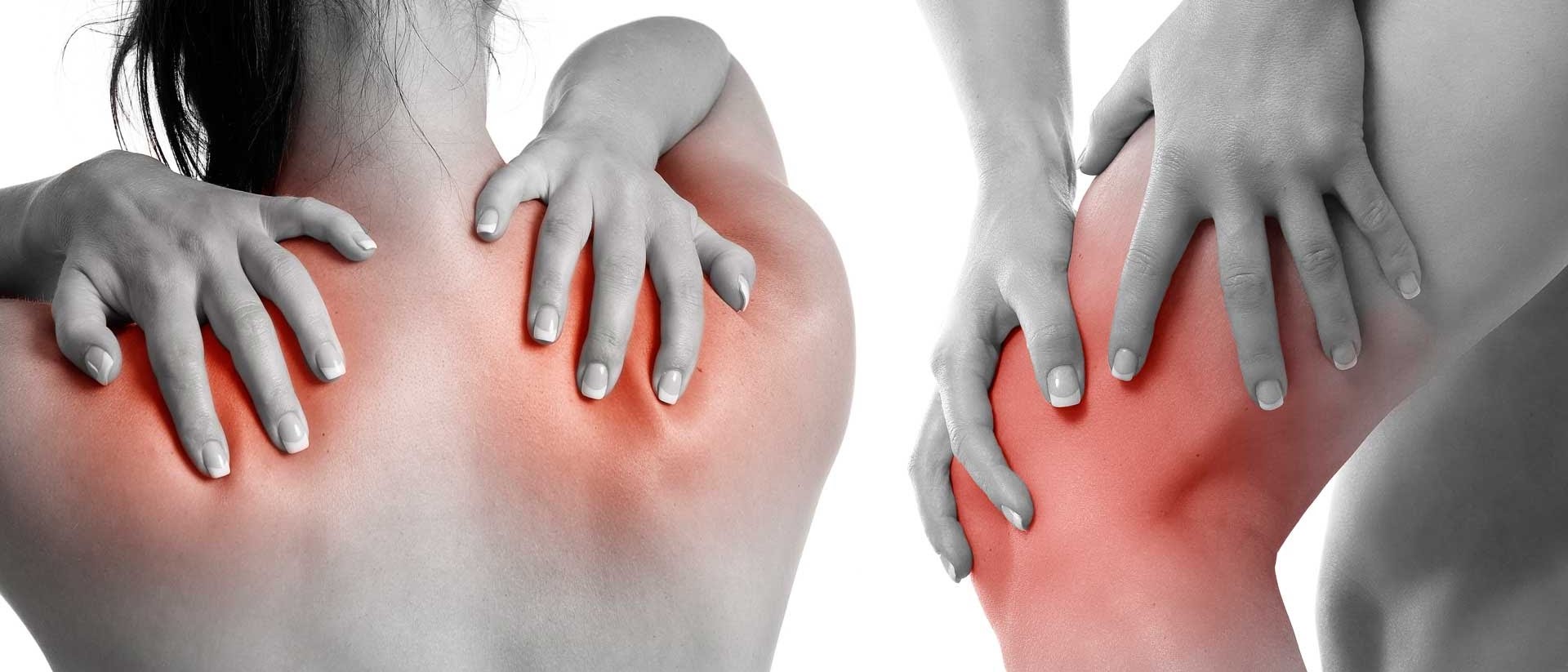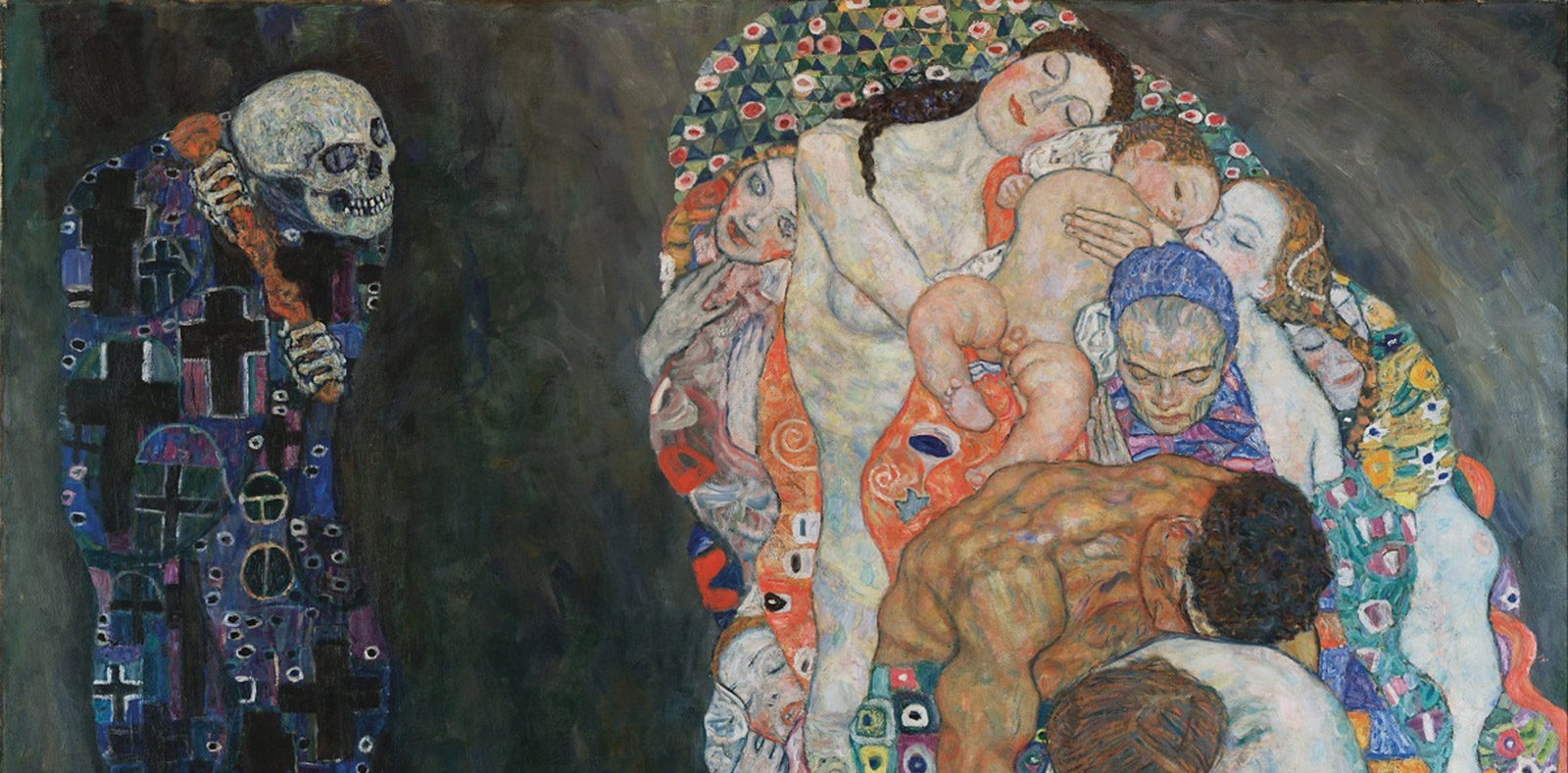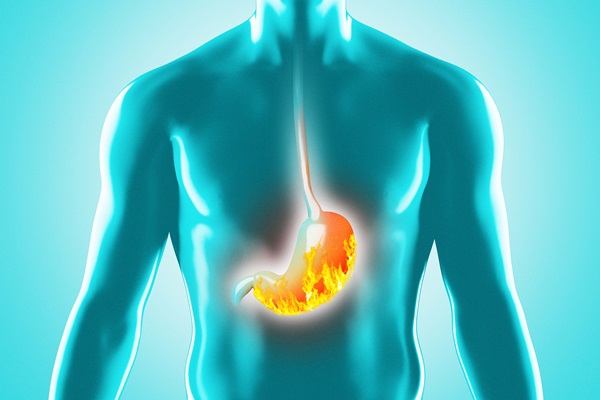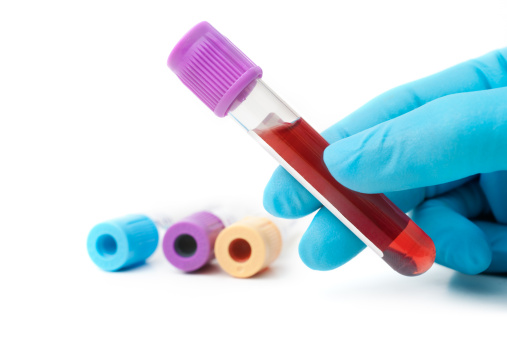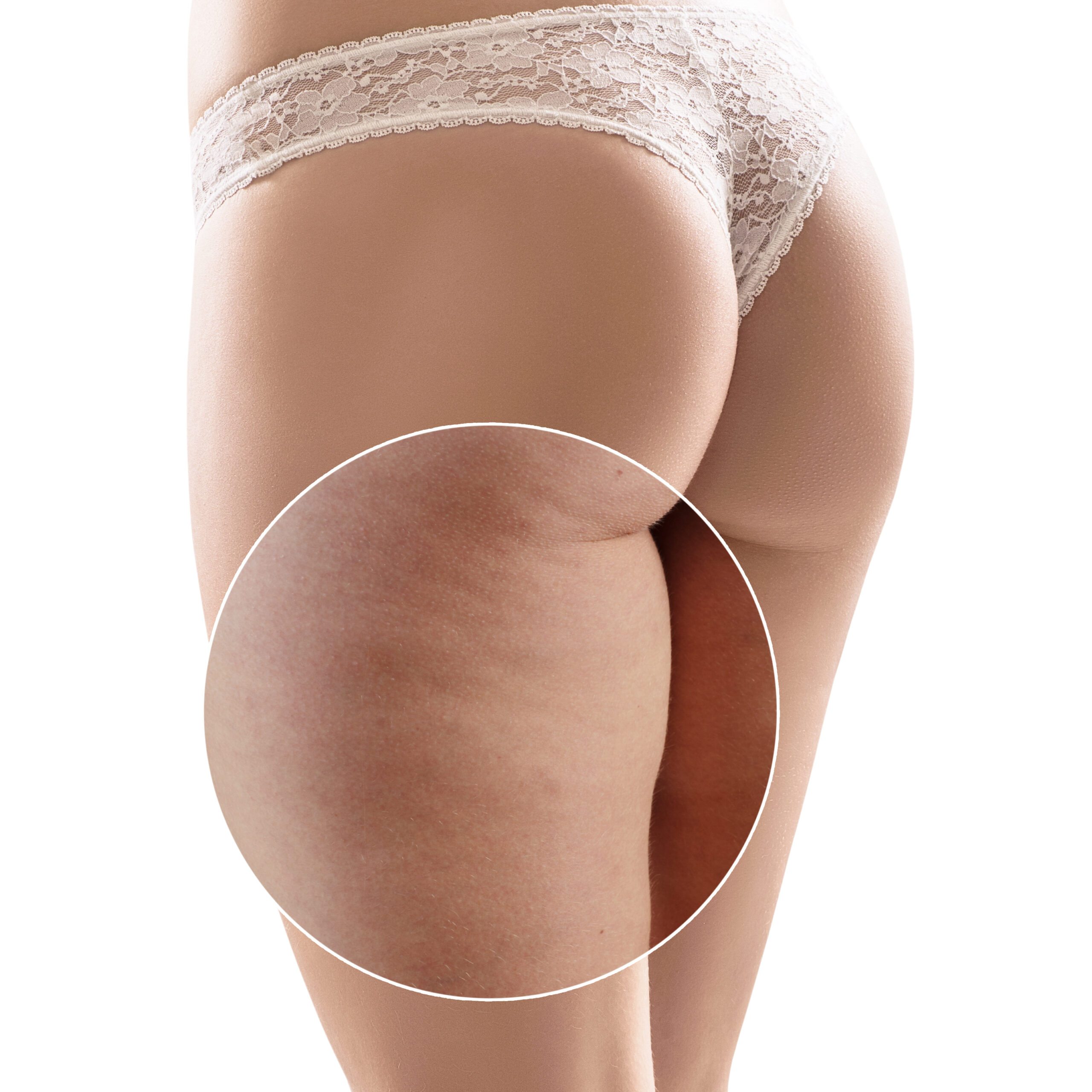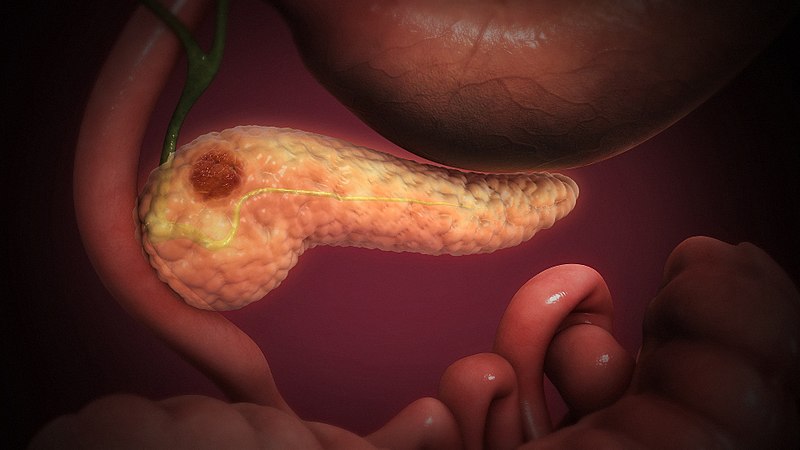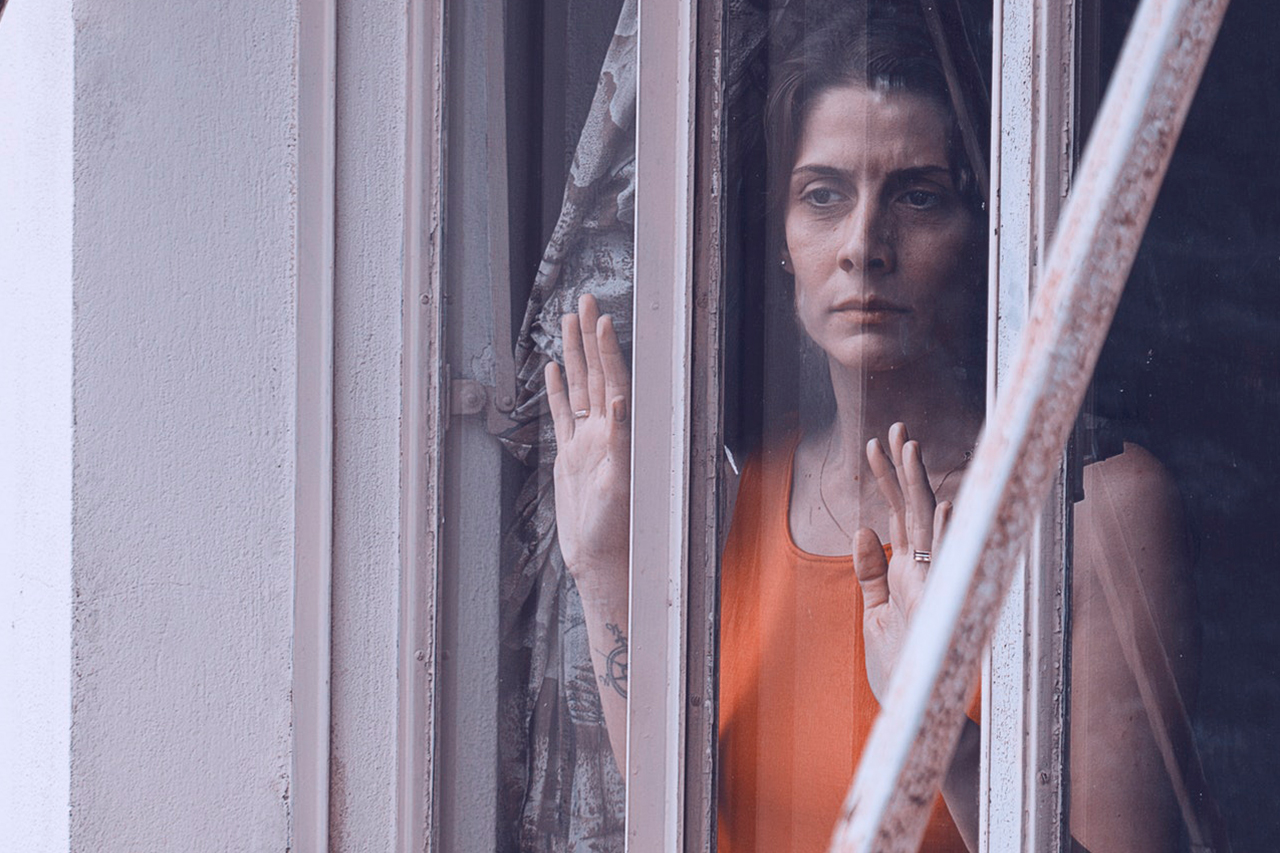Theshoulder joint is a mechanism that can provide movement in multiple directions, full rotation of the shoulder for the many physical activities, daily life and sports.
But precisely because of the versatility of the structure in excursion and mobility, the shoulder also presents an aspect of fragility, being exposed to a continuous risk of injury or dislocation, as happens all the time in the world of sports.
When compared with other types of injuries that happen to athletes in different sports disciplines shoulder dislocation certainly does not represent the most serious type of injury, but it is an issue that may recur even several times if it is not properly treated from the first event.
In contact sports and especially in younger athletes, the dislocation of the shoulder can occur due to trauma that can cause tearing of tissues around thealveolus, an episode that may also require surgery to stabilize the shoulder for a full recovery, and also in consideration of the future continuity of the sport.
If the shoulder presents as unstable then it cannot be considered perfectly healed.
The vast majority of dislocations are of traumatic origin see dislocation of the shoulder toward the front, such as when an elongated arm is subjected to the contrast of excessive force, as occurs in some sports or in the aftermath of a fall.
The first intervention when you find yourself with a dislocated shoulder is to put the joint back in its socket, an intervention called “reduction” and subsequent alignment.
An X-ray or MRI examination should then be performed to identify the lesion, its location so that its extent can then be assessed and, if necessary, whether or not surgery is needed.
Usually, when the need for surgery does not arise, the dislocation of the shoulder requires the reduction of the dislocation, proper repositioning of the joint, and finally a sling to hold and protect the shoulder, while a rehabilitation program is established to re-accustom the joint to its functions and strengthen the muscles around it.
When it is a dislocation with surgery it can take several months for an athlete to recover and resume sports activity.
In competitive sports involving contact and impact situations between athletes, injury is always possible, so it is necessary for competitors to be aware of the possible risks and able to be able to prevent them as much as possible by keeping strong and muscularly efficient.
The risk of shoulder dislocation is higher among young athletes than among older athletes, and so is the possibility that dislocations may recur in the future, even jeopardizing the athlete’s sports career.
Since shoulder dislocation is an event that could result in weakening of the joint with respect to future stresses in the performance of athletic activity, and since each dislocation can result in different consequences to the athlete, the condition of the joint with respect to a resumption of training and competition must be evaluated on a case-by-case basis, taking into account the risk of worsening of the shoulder with the possibility of pain or disability for the athlete.
In sports for the shoulder, treatment alone, whitening with a brace and subsequent rehabilitation cannot be enough, but it will be necessary to protect the athlete from future consequences.
Sports disciplines with the highest case history of dislocated shoulders
Some sports are particularly risky because of the injuries that can happen to athletes during competitive competition. Among the various sports:
- soccer: physical confrontation between opponents in competition and the force developed by speed, attempting to hold the ball with strong limb extensions, and the ease of tripping and falling on the ground are all risk factors for shoulder dislocation.
- Volleyball: elevations over the net and possible falls on other players; excessive stretching of the shoulder to catch the ball or to force a dunk.
- Skiing: unpredictable slides with ruinous falls at high speed with the possibility of impacting the bottom with the shoulder-the uncontrollable danger of ice on the slope.
- Rugby: violent clashes between opponents with the formation of tangles of bodies falling uncontrollably, possible dislocations caused by the weight and twisting of bodies.
- Rock climbing: the weight of the body entrusted to the connected arm and shoulder. Tears to grab a handhold due to danger of falling on rocks.
- Gymnastics: when all the weight of the body is put on the hands , arms and shoulders under stress. Sometimes an error in exercise can result in improper movement and subsequent dislocation of the shoulder.
In the various sports disciplines, in addition to training, athletic strength and competition strategy, it must be possible to have knowledge of one’s own body, the stress limits of the joints, and all possible on the field.



